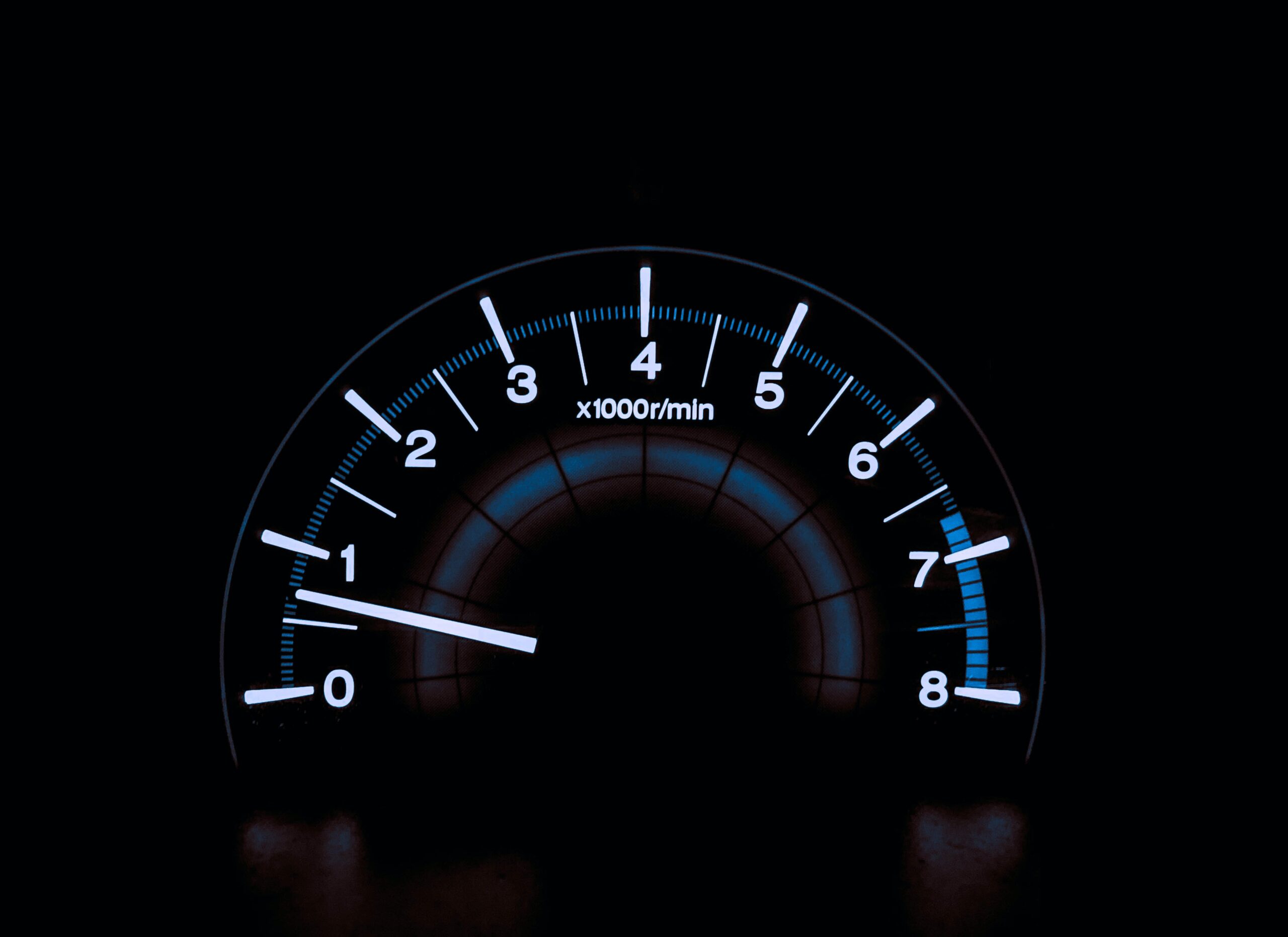Content Delivery Network (CDN) Integration
A Content Delivery Network distributes your website’s static content across servers worldwide, allowing users to access data from a server geographically closer to them. This results in reduced latency and faster loading times. Integrating a CDN into your SEO strategy not only enhances website performance but also aligns with Google’s emphasis on global user experience.
Technical SEO Best Practices
Beyond on-page content and keywords, technical SEO plays a vital role in website speed optimization. Regularly auditing and optimizing your website’s code, fixing broken links, and ensuring proper redirects contribute to a smoother user experience. By adhering to technical SEO best practices, you create a solid foundation for faster loading times and improved search engine rankings.
Measuring and Monitoring Website Loading Speed:
Google PageSpeed Insights
Google PageSpeed Insights is a valuable tool that analyzes your website’s loading speed and provides suggestions for improvement. By regularly monitoring your site’s performance through this tool, you can identify areas that need attention and implement the necessary changes to maintain optimal loading speed.
GTmetrix
GTmetrix is another powerful tool that provides a detailed analysis of your website’s performance, including loading times, page size, and the number of requests. It offers actionable insights and grades your site’s speed, making it a valuable resource for ongoing optimization efforts.
Conclusion
In the dynamic landscape of SEO, where algorithms are ever-evolving and user expectations are continually rising, prioritizing website loading speed is not just a best practice but a necessity. By understanding the symbiotic relationship between SEO and loading speed, businesses can create a seamless online experience for users, improve search engine rankings, and ultimately drive success in the digital realm.
Remember, the journey to a faster website is an ongoing process. Regularly audit, optimize, and stay informed about emerging technologies and best practices to ensure your website not only meets but exceeds user expectations, leading to sustained SEO success. At The Wayne Digital we help business to grow their online visibility. Contact us today to increase your online visibility.


